Fungal Foray – October 15th, 2019
The day began at Marsden park in Nelson and then after lunch we headed to a field adjacent to “The Atom” (Panopticon) in Laneshawbridge, Colne. It was cool and dry for the first part of our outing, then we had a chilly afternoon in the open, during the second half. There was predicted rainfall but the rain held off for us.
The first mushroom of the day was a Stinking Dapperling mushroom, (Lepiota cristata).

The next find was an interesting one, a Fluted Bird’s Nest Fungus (striatus). These were very low on the ground and resembled miniature bird’s nests with numerous tiny “eggs”, which are actually peridioles and contain spores.
Just off the path and into a shady patch, we found a Yellow Stainer (Agaricus xanthodermus).
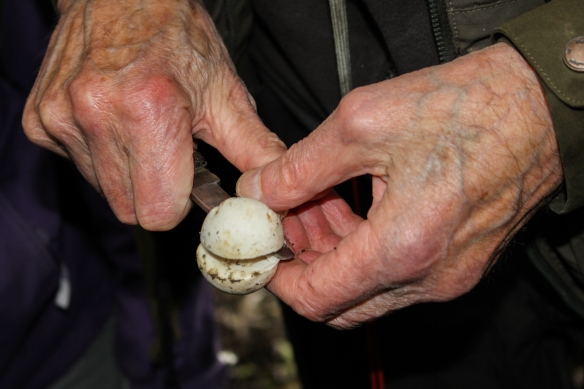

This mushroom displays a strong yellow colouration at the base of the stem when cut.

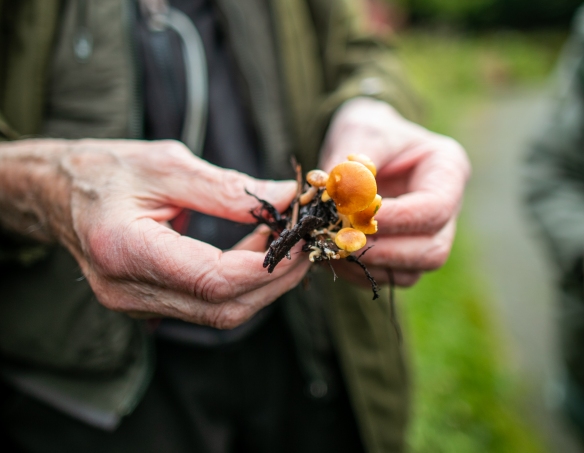
Common Rustgill (Gymnopilus penetrans).

Crystal brain (Jelly) Fungus (Exidia nucleate)
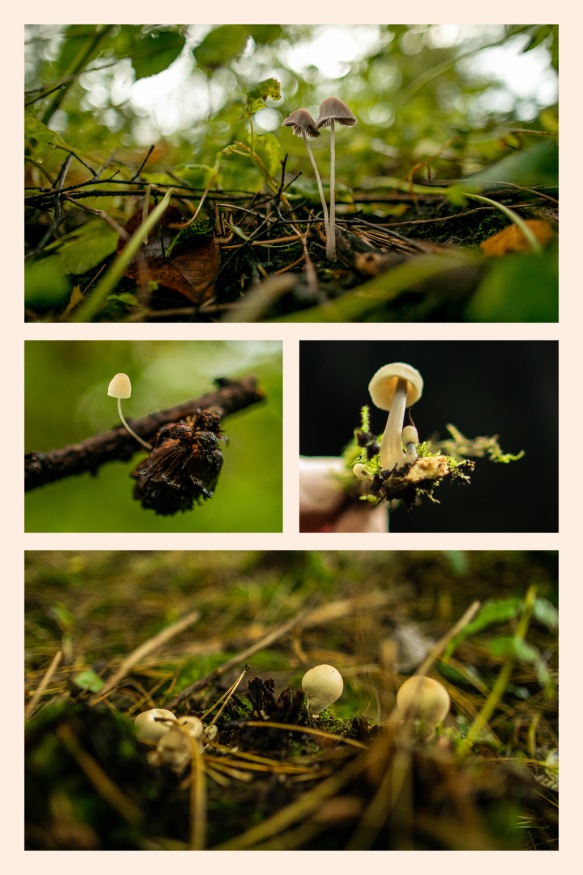
Middle/right – Angel’s Bonnet Mycena arcangeliana) Bottom – Stump Puffball (Lycoperdon pyriforme)

Candlesnuff Fungus (Xylaria hypoxylon). This one is also known as ‘Stag’s Horn’. You can see the spores dispersing in the top image. It has an erect, simple or forked body with a downy stalk. It grows in groups on dead and rotting wood, and can be found on stumps and branches of many different trees.

Top – Grey Coral (Clavulina cinerea). Middle/Bottom – Hen-of-the-Wood (Grifola frondosa).

This Hen-of-the-wood was very impressive!

Below – maze bracket
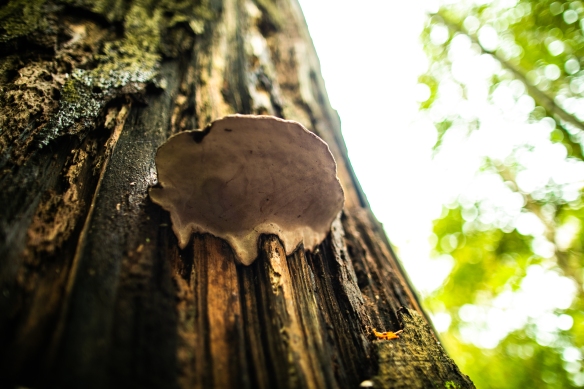
Artist’s bracket (Ganoderma applanatum). This mushroom has been used as a drawing medium for artists. When the fresh white surface is rubbed or scratched with a sharp implement, dark brown tissue under the pores is revealed, resulting in visible lines and shading that become permanent once the fungus is dried.
To be continued…





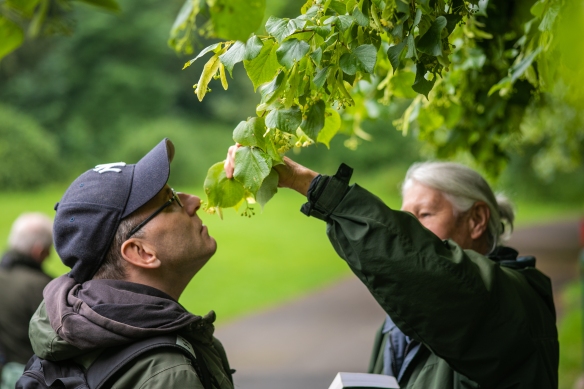


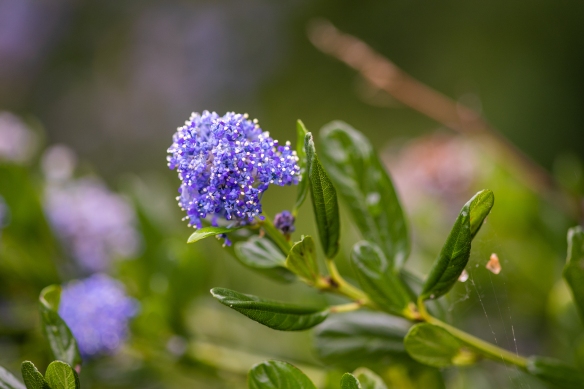



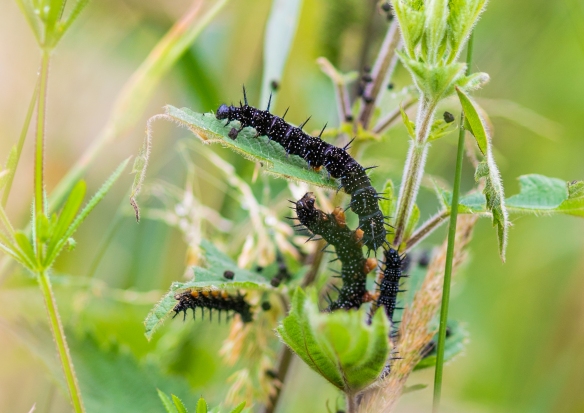




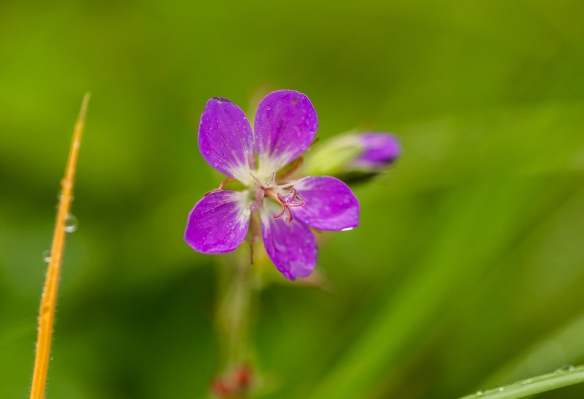





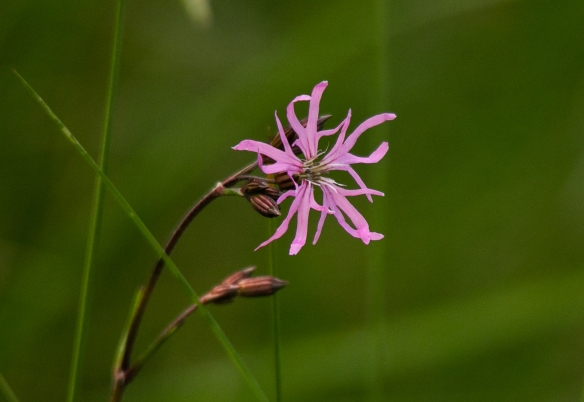








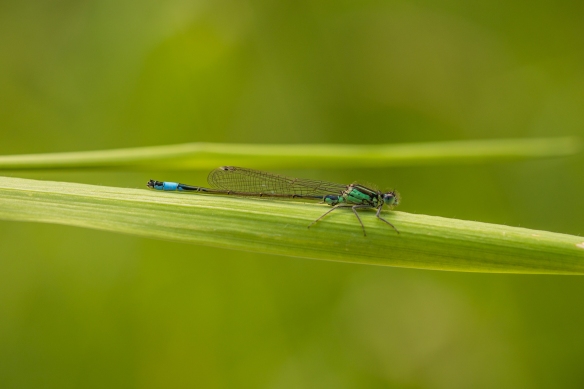
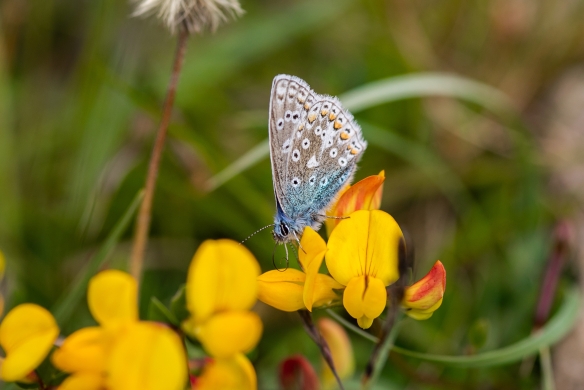



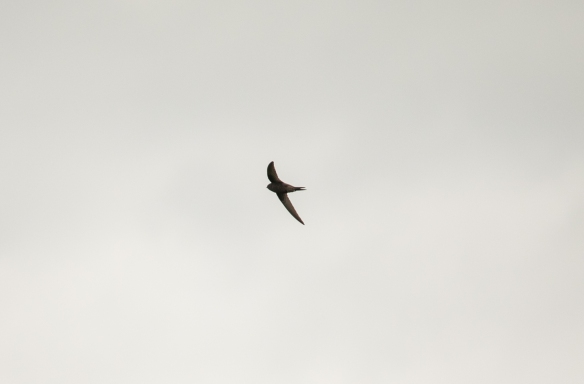







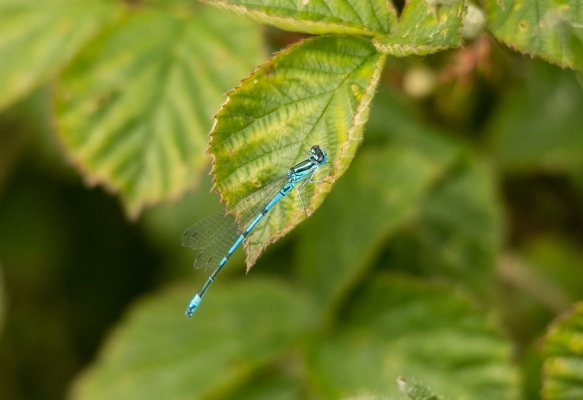






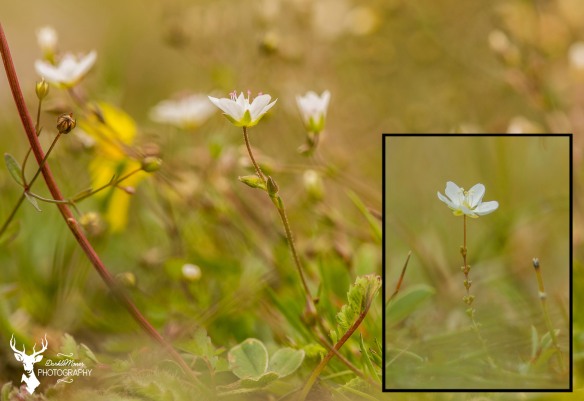

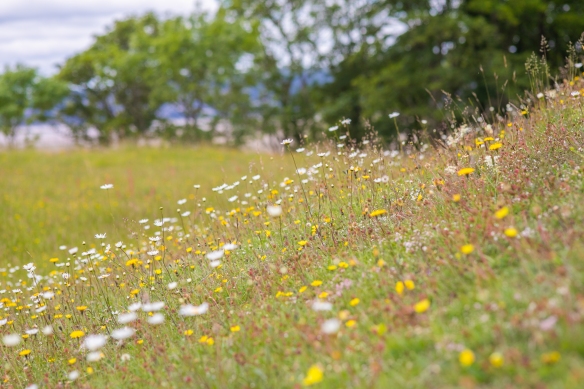




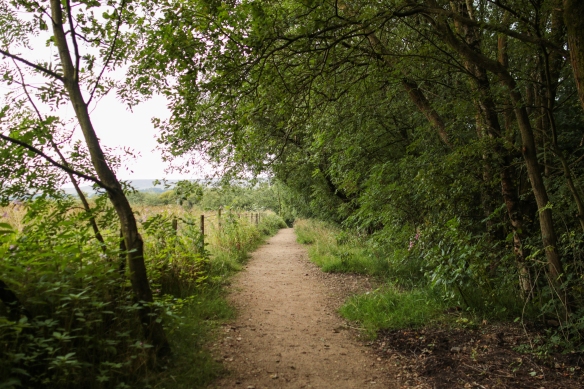

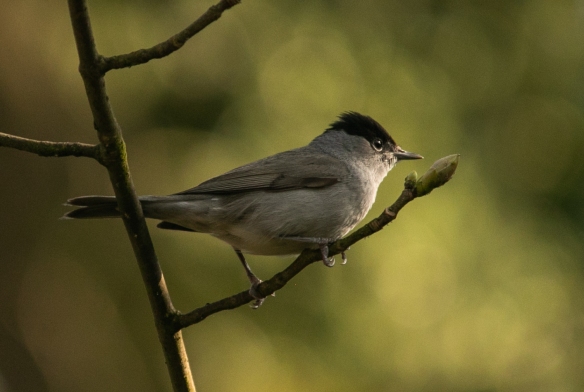


 It was a lovely day, cool along the front but clear and dry. A Whimbrel was spotted, several Ringed Plovers and Cattle Egrets.
It was a lovely day, cool along the front but clear and dry. A Whimbrel was spotted, several Ringed Plovers and Cattle Egrets.








